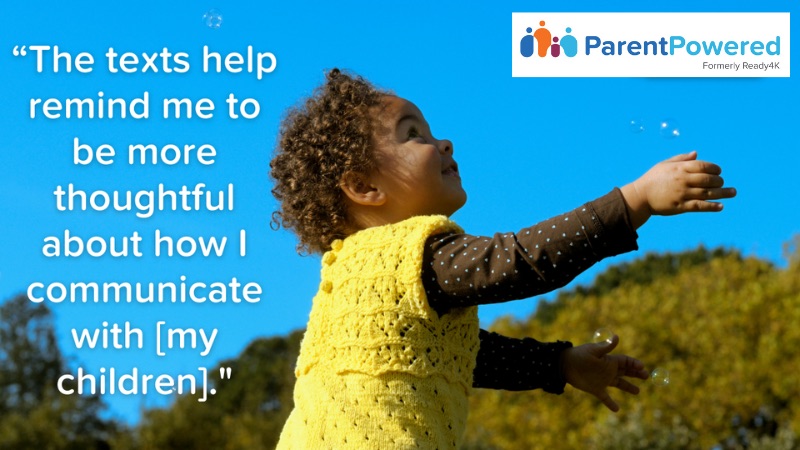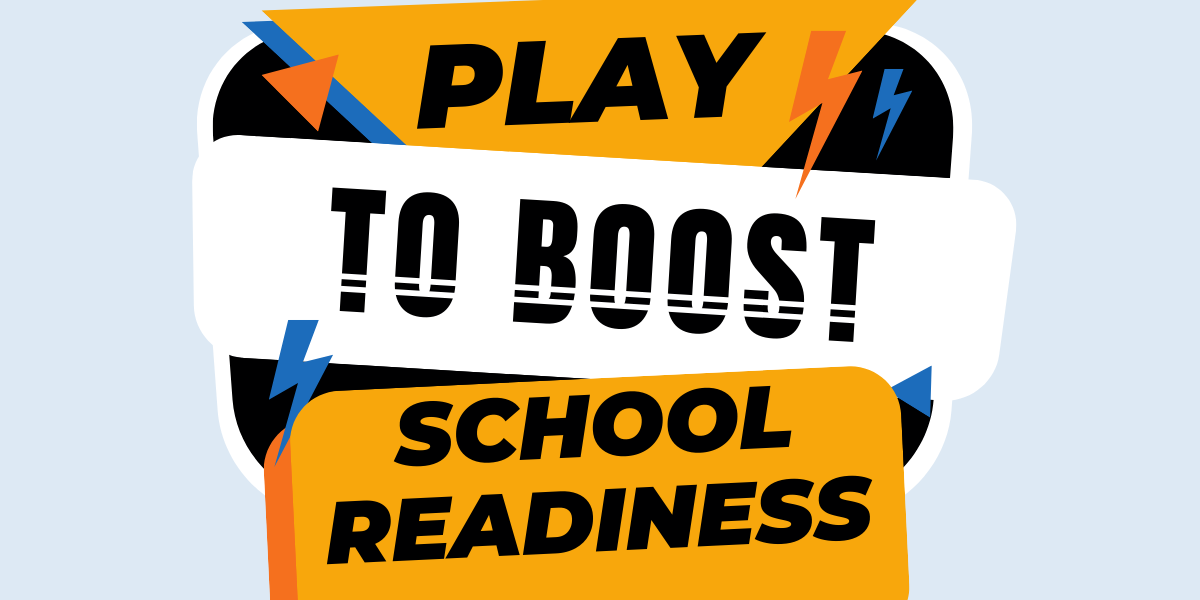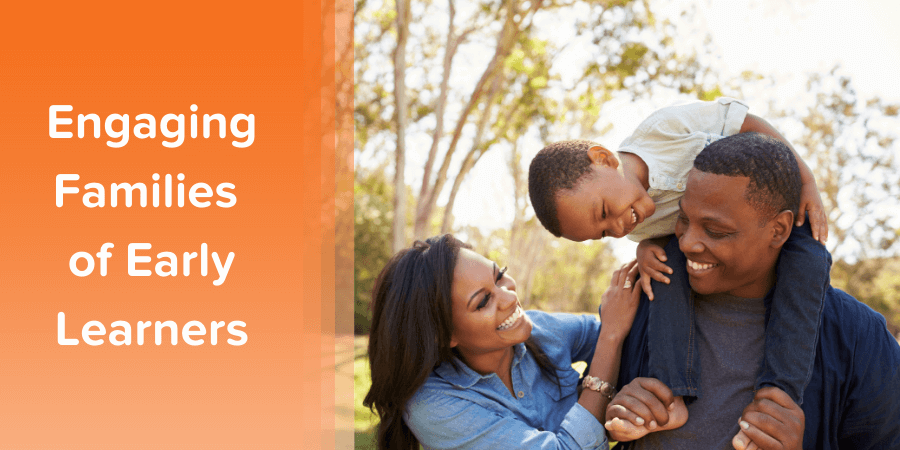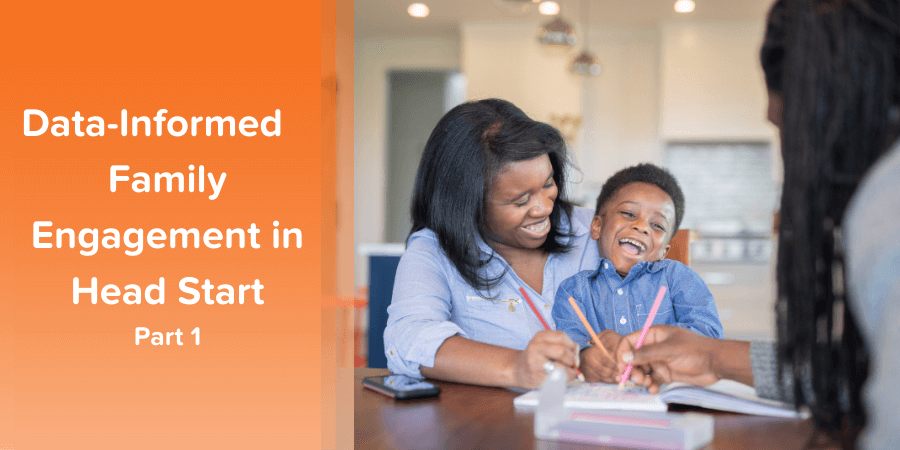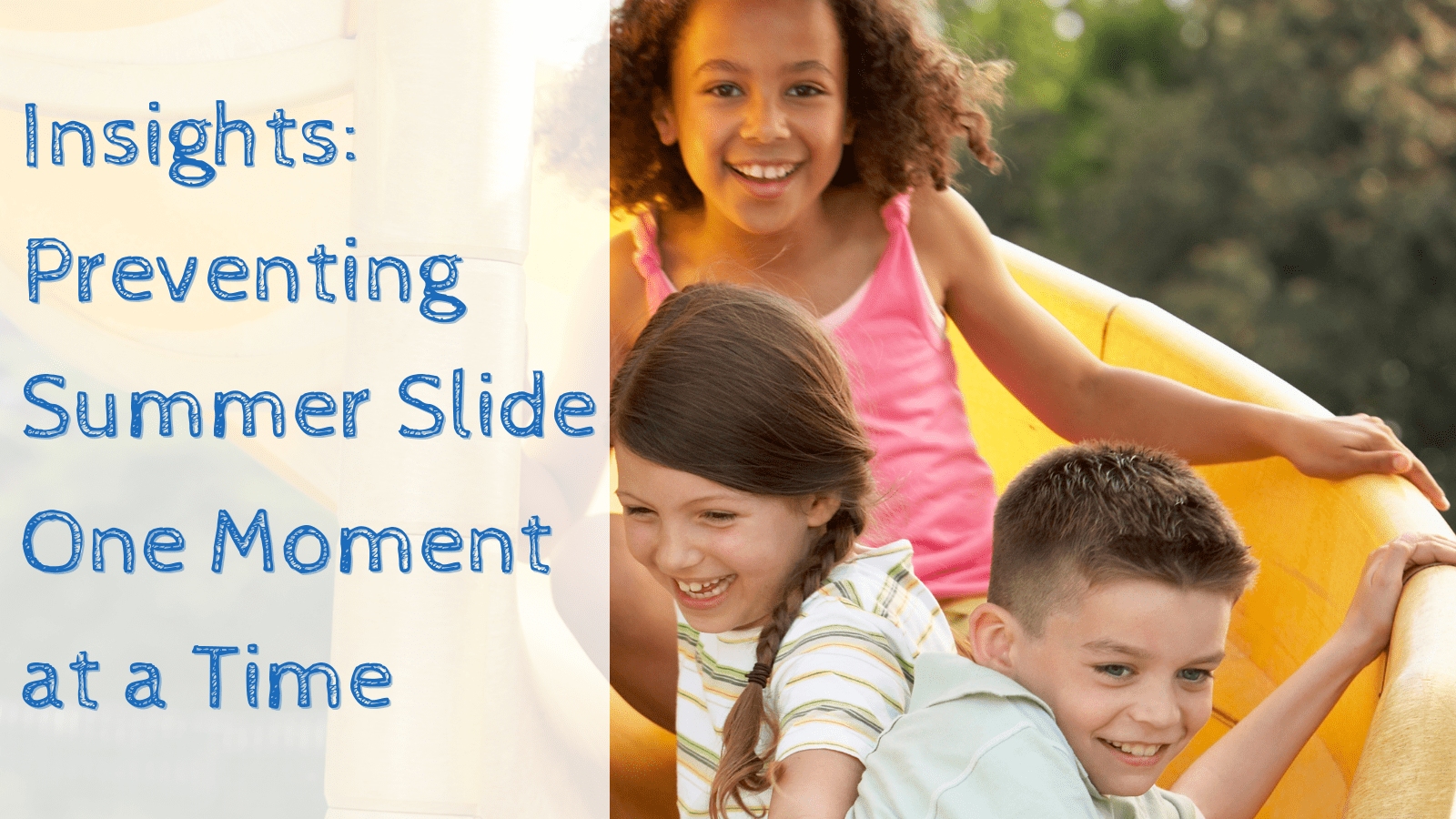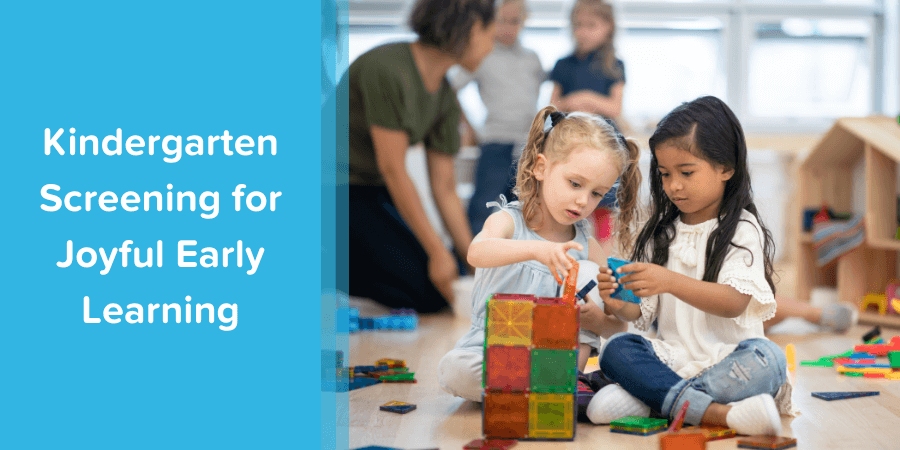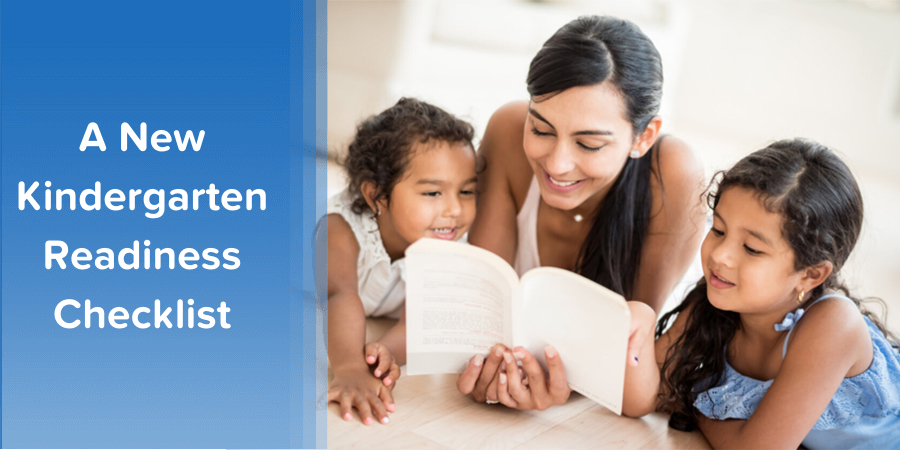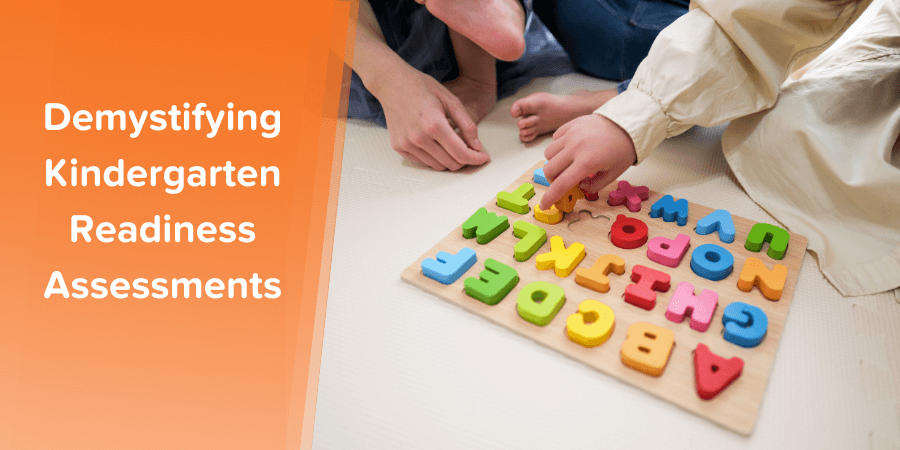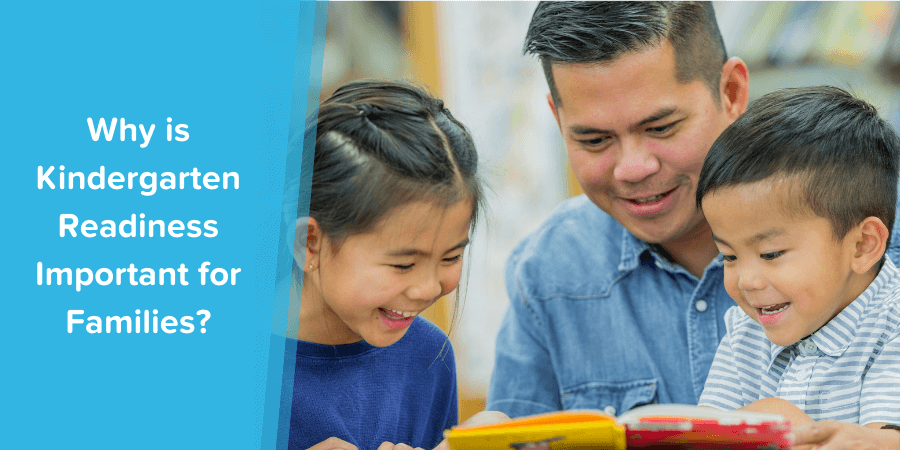Kindergarten Readiness
Supporting Families for Student Success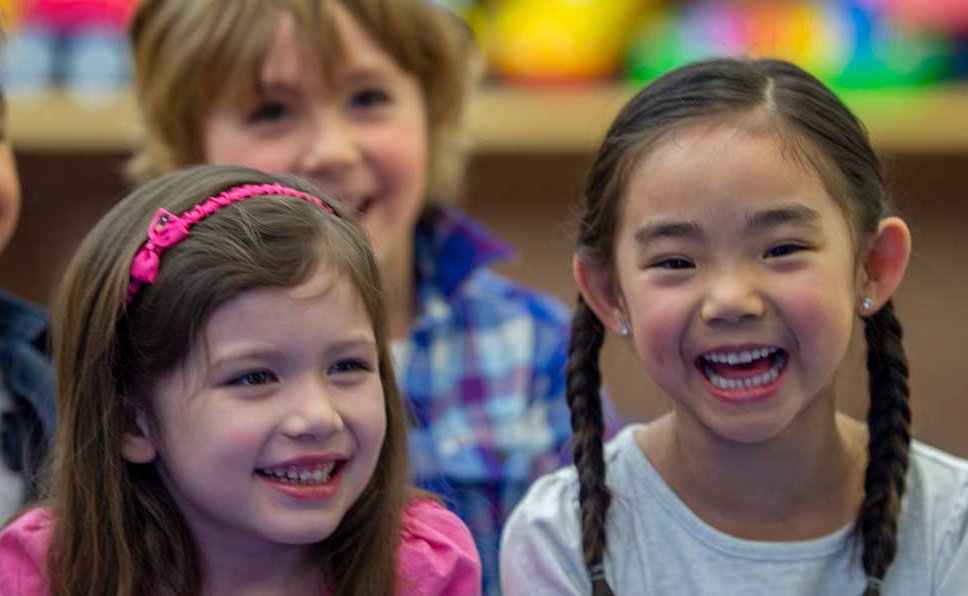
Looking for more strategies and resources to support kindergarten readiness with your families? Check out our blog posts for more great content!
Understanding Kindergarten Readiness: Start at the very beginning
Research has shown that kindergarten readiness begins long before a child enters the classroom, with experiences from birth to age four playing a crucial role in shaping a child’s preparedness for school.
The first few years of life are a period of rapid brain development, during which children develop foundational linguistic, cognitive, social, and emotional skills. These skills serve as the building blocks that support children’s learning and academic growth, helping them comprehend basic math concepts and other learning objectives through playful activities.
Family Engagement and Kindergarten Readiness
Family engagement is a powerful force in kindergarten readiness
Much important growth and learning happens at home with family, years before children begin formal education. Encouraging independence through practical daily activities, such as getting dressed, completing simple tasks, and practicing hygiene, helps foster self-sufficiency to get a child ready for school.
Given that families play a significant role in helping their children get ready for kindergarten, educators have a vested interest in supporting family engagement in early childhood education. After all, families are their children’s first teachers. In fact, research has shown that educational outcomes for students improve when educators and parents partner. And this partnership ideally begins before kindergarten.
These partnerships take great care and effort; families and schools need to forge trusting, two-way relationships oriented toward the common goal of children’s successful learning. That is why ParentPowered created its family engagement curriculum to build the capacity of both educators and parents to work intentionally together.
What does it mean to be ready for kindergarten?
What exactly is involved in kindergarten readiness? Although a kindergarten screening or another type of kindergarten readiness assessment can give some indication of a child’s academic skill level, the essential skills of kindergarten readiness center around being part of a school community. The idea of community is important because learning happens when children play active roles in shared endeavors (Rogoff, 1994). In kindergarten, these endeavors are connected with specific educational purposes, and students participate in them with their new classmates and teachers. To participate in a school community, children need foundational physical, cognitive, social, emotional, and linguistic abilities.
There is no single, standardized definition of kindergarten readiness, but research shows that certain skills are particularly important to a successful transition to kindergarten and future success beyond. Early academic skills, executive function, social-emotional skills, and physical well-being are important for kindergarten readiness. According to the Overdeck Family Foundation’s Road to Readiness Report, language and executive function were especially important factors in later success: Vocabulary, phonological awareness, and letter knowledge have strong predictive value from age 0-5.
In addition to academic abilities, children need to navigate interactions with other children and follow classroom routines. Getting along with peers is a critical aspect of starting school successfully.
It’s important to remember that there is a wide range of what is considered typical or healthy development. Each student may gain new skills and understand new concepts at their own rate. The progress of individual students across domains may also differ. For example, a child’s emotional development may appear to lag behind their fine motor skills, such as shape copying and letter formation, which are crucial for tasks in kindergarten. The key is that they’re continually progressing.
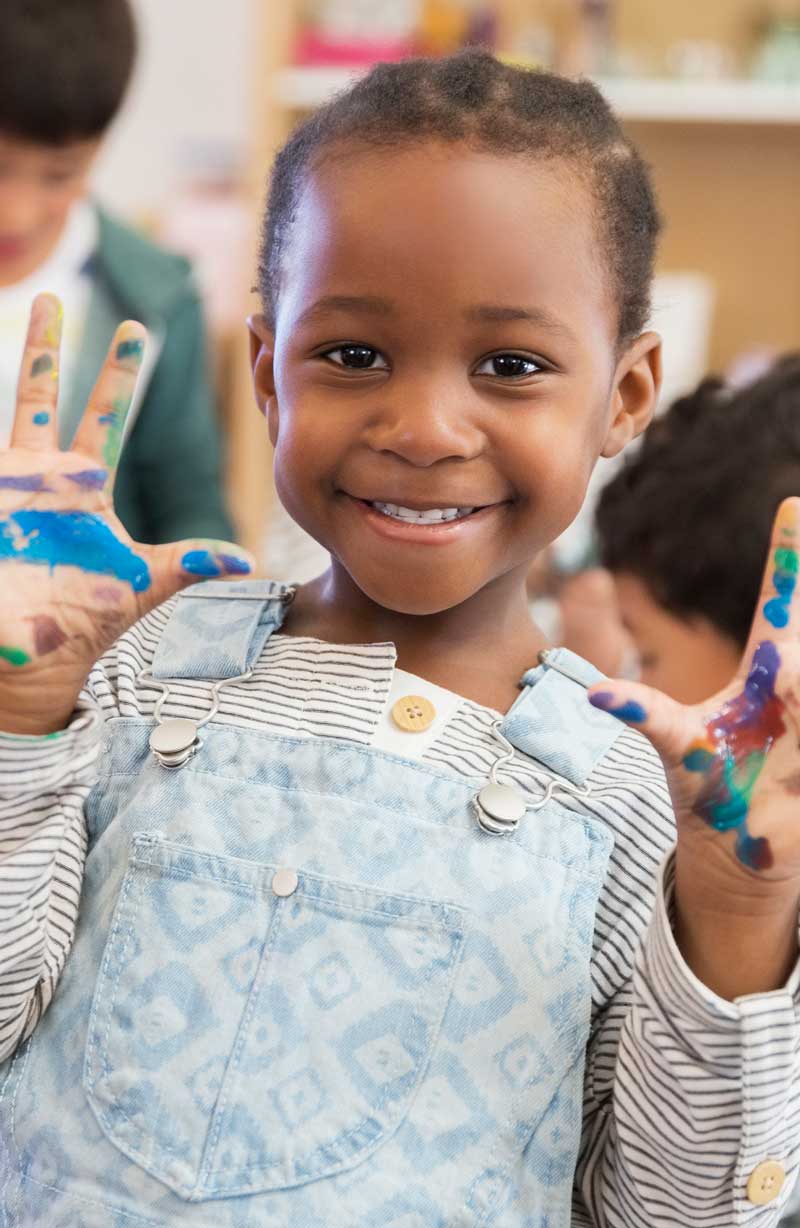
Why kindergarten readiness matters
Kindergarten is an important milestone for children and their families.
Children who start kindergarten develop essential skills for future academic learning. But importantly, kindergarten is also a time children form their first impressions of the school environment. They begin to construct their identities as learners in a school community. It is in kindergarten that a child becomes a student.
The goal is for each child in kindergarten to come to know the school environment as a place where they belong as a competent learner.
The approaches to early learning that a child brings to kindergarten are more important than rote knowledge or specific academic skills such as counting to 10, identifying letters, and naming shapes and colors. The first domain in Head Start’s Early Learning Outcomes Framework (ELOF) (called Approaches to Learning) also covers listening skills, behavioral skills, independent play skills, and other life skills.
Children who demonstrate curiosity, creativity, independence, helpfulness, adaptability, persistence, and focus are better able to engage in and benefit from the learning experiences that kindergarten teachers have prepared for them.
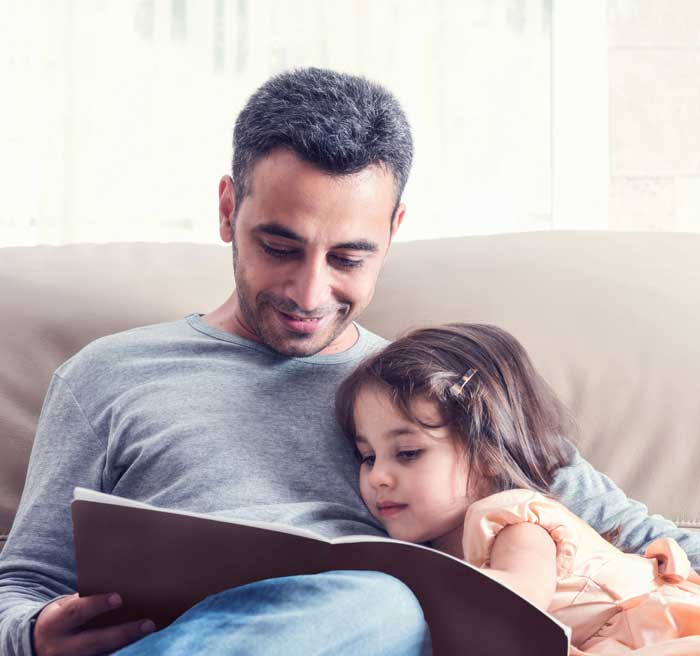
The transition to formal schooling can be a significant adjustment for the child. That’s why kindergarten teachers and parents are often interested in practical tips and resources to create smooth transitions for children. Children who are more prepared for kindergarten have higher achievement later on (La Paro & Pianta, 2000; Justice et al., 2019; Chetty et al., 2011). A longitudinal study published by Applied Survey Research (ASR) in 2017 found that the more ready students were in kindergarten according to a kindergarten readiness assessment, the more likely they were to succeed in English language arts and math in 3rd grade.
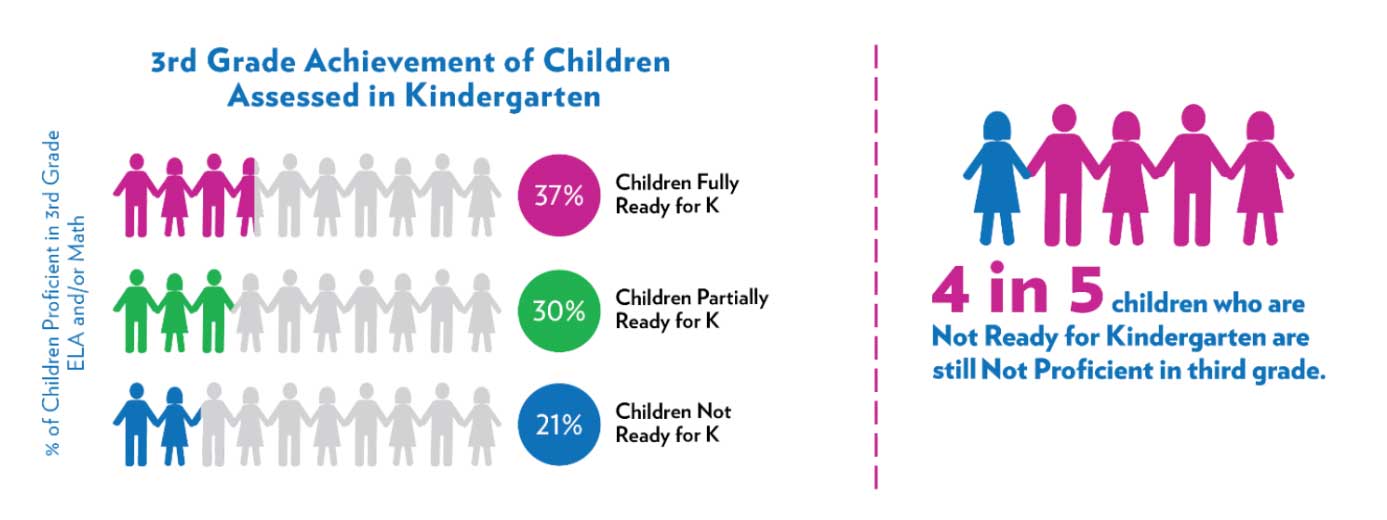
Infographic source: First5 Alameda Longitudinal KRA study
Did you know that ParentPowered meets the highest level of evidence for research-based parenting curricula?
Challenges and disparities in kindergarten readiness
Research shows significant disparities in kindergarten readiness along racial and socioeconomic lines. This means that the achievement gap takes root before children even begin school.
Research also indicates that this gap doesn’t go away over time; in fact, it widens. For example, in a study of infants from both high- and low-SES families (socioeconomic status as measured by the Hollingshead Four Factor Index), significant disparities in vocabulary and language processing efficiency were already evident at 18 months. By 24 months, children from low-SES families were six months behind children from high-SES families in processing skills critical to language development (Fernald et al., 2013). Furthermore, another 2018 longitudinal study conducted by ASR found that the different skill levels shown by different subgroups persisted into 3rd grade, and the gap even widened for some children.
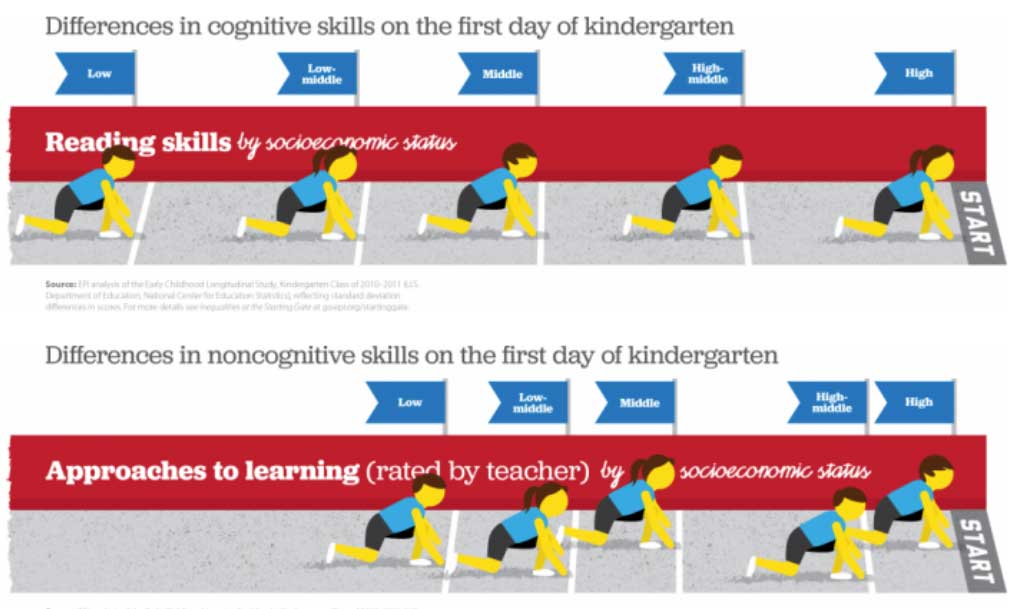
Infographic source: 2017 report by the Economic Policy Institute
These differences in skill are not due to children’s genes, culture, or a lack of effort. Instead, they are the result of the unequal access to resources that are key to healthy physical and emotional development and school readiness. The disparities in kindergarten readiness have long-term consequences for children’s academic and social success (Annie E. Casey Foundation, 2011), highlighting the need for equitable access to early childhood education programs and interventions to address these gaps.
Supporting Kindergarten Readiness
A shared responsibility
Schools, families, and communities all play a role in ensuring that every child is prepared for a successful transition into kindergarten. Schools and community organizations can help families become informed about what is expected for kindergarten readiness and help them know what to do to help their children be ready. For example, educators can offer easy, step-by-step directions for parents and educators to help young children practice specific literacy skills at home during their daily routine.
Family engagement and parental involvement are also essential to promoting children’s school readiness and success in kindergarten and beyond. The Head Start Early Childhood Learning and Knowledge Center offers a framework for educators focused on developing positive and goal-oriented relationships with families in the early years, leaning on key inputs such as PFCE data to guide engagement strategies.

Infographic source: http://www.wvecptf.org/leadership.html
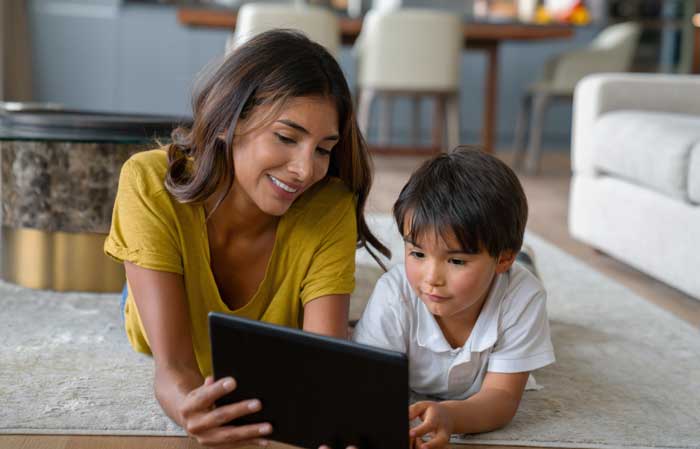
As educators work to support families in school readiness, they should keep in mind that the philosophy and practice of early schooling vary around the world. Families from other countries benefit from receiving clear explanations of what kindergarten looks like in their school district. Explicitly stating expectations and norms around school readiness in the United States helps ensure all families have what they need to support their child in the early years.
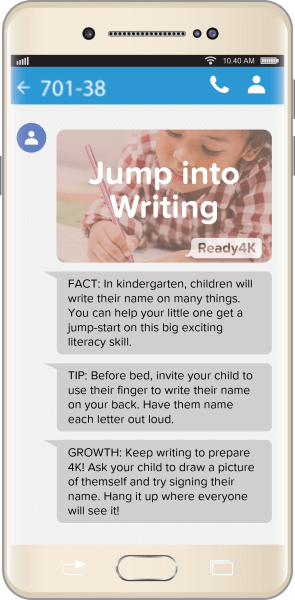
For example, this set of ParentPowered text messages sent to parents makes it clear that familiarity with letters and print concepts will benefit children in U.S. kindergarten:
FACT: In kindergarten, children will write their name on many things. You can help your little one get a jump-start on this big exciting literacy skill.
TIP: Before bed, invite your child to use their finger to write their name on your back. Have them name each letter out loud.
GROWTH: Keep writing to prepare 4K! Ask your child to draw a picture of themself and try signing their name. Hang it up where everyone will see it!
The importance of early childhood education
Children’s early experiences shape their future educational outcomes. For example, children’s language skills from age one to two predict the pre-literacy skills they have at age five (Kuhl, 2011). Children’s early numeracy skills can also impact their performance in math later in life. Kids’ ability with fractions and division in elementary school predicts their knowledge in algebra and overall academic achievement in high school (Siegler et al., 2012).
Research shows that early childhood education programs can help children be ready for kindergarten and translate to success far beyond kindergarten. For example, children who were randomly chosen to attend public preschool in Boston were more likely than those who did not attend to take the SAT, graduate high school, and attend college (Walters, Gray-Lobe & Pathak, 2021). In addition, children who attended Early Head Start were better prepared for preschool by age three (defined by their “cognitive and language development, emotional engagement of the parent, sustained attention with toys, and low rates of aggressive behavior” than children in a control group (Love et al., 2005).
Kindergarten readiness for the whole child
Kindergarten readiness encompasses many interrelated aspects of child development. Motor development, cognitive development, language development, and social development are highly interrelated. The ParentPowered family engagement curriculum organizes kindergarten readiness skills and knowledge into the following domains:
- Social Emotional Learning
- Approaches to Learning
- Language & Literacy
- STEAM & Play
- Physical Development
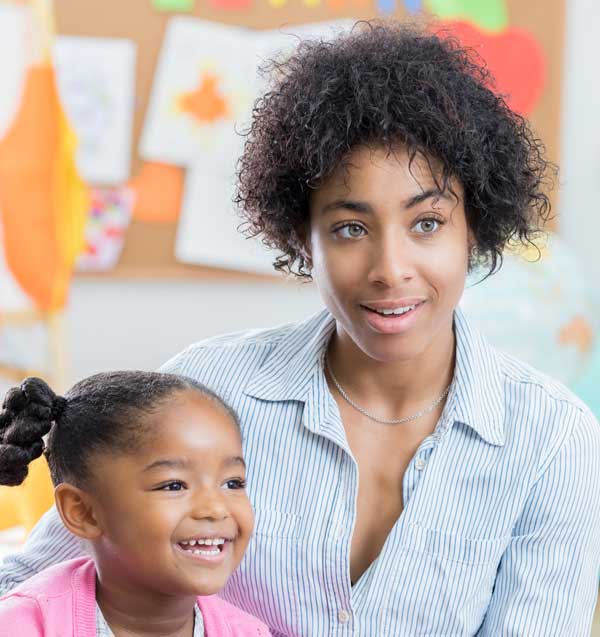
Addressing families’ basic needs and improving children’s health and well-being are also critical aspects of kindergarten readiness. ParentPowered offers the Community Support Stream with its Trauma Informed program precisely so families can access local and national assistance with food, housing, health services, and more.
Tips for Parents to Prepare Children for Kindergarten
In a review of research on child development and school readiness, the Overdeck Family Foundation found that supportive home learning environments and responsive parenting helps students be school ready, especially with social skills, executive function, and language (Road to Readiness Report).
Supporting children’s school readiness is important, whether it’s to prevent summer slide or prepare a kid’s first classroom experience. But engaging parents in kindergarten readiness efforts doesn’t have to be complicated! Here are a few simple principles for families to remember:
Children learn and grow through play.
Play can be structured or unstructured, adult-led or child-led. It looks different at different ages and developmental stages. But the bottom line is that families can rest assured that time playing is time well spent. Developing motor skills, social skills, and life skills can and should be fun — especially when parents play alongside kids!
Children develop at different rates.
“Typical development” is broad. The key for caregivers is to observe their child and follow their lead. An appropriate task to help a child learn and develop is one that they cannot quite do on their own — but they can with support or scaffolding from a more knowledgeable other (Vygotsky, 1978). This includes a caregiver, teacher, or even peer. Parents can meet children where they are and encourage them to challenge themselves just beyond their current abilities.
Routines help children navigate transitions.
From getting ready in the morning to bedtime rituals, routines provide the comfort and stability that help children thrive in the face of challenge. When children know what to expect, they have an easier time navigating the transition to school and other times of change and stress.
Looking for specific, concrete ways to put these principles into practice during everyday moments?
ParentPowered is an evidence-based family engagement curriculum that provides simple information about child development and ideas for what caregivers can do to support their child’s learning and growth. Here are 10 text message sets from the early childhood portion of the ParentPowered core program. ParentPowered covers all of these domains at each age level; what’s below is just a sample.
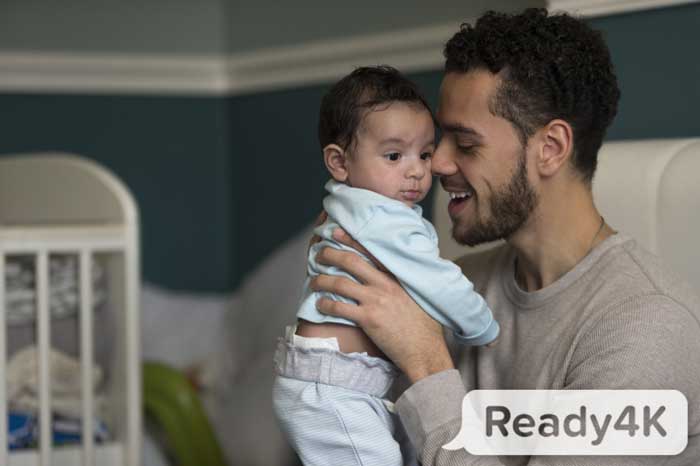
Social Emotional Learning
For toddlers 1-2:
FACT: Snuggling with your toddler every day builds their sense of trust and security. This security gives them confidence to try new things and learn.
TIP: In the morning, spend a few minutes holding your toddler. Let them know how special they are by sharing three things that are wonderful about them.
GROWTH: Keep snuggling. You’re building security and trust. As you snuggle, whisper a promise: I will always love you. I will always be there for you.
For PK3:
FACT: The more children know about themselves, the more confident they will be in school. Talk together about all the things that make your little one unique!
TIP: In the morning, look in the mirror together and take turns describing your child: “You’re smart. You’re strong and kind. What color are your pretty eyes?”
GROWTH: Keep helping your child learn about themself! Now ask about their likes: “What’s your favorite animal?” Pretend to be that animal in the mirror.
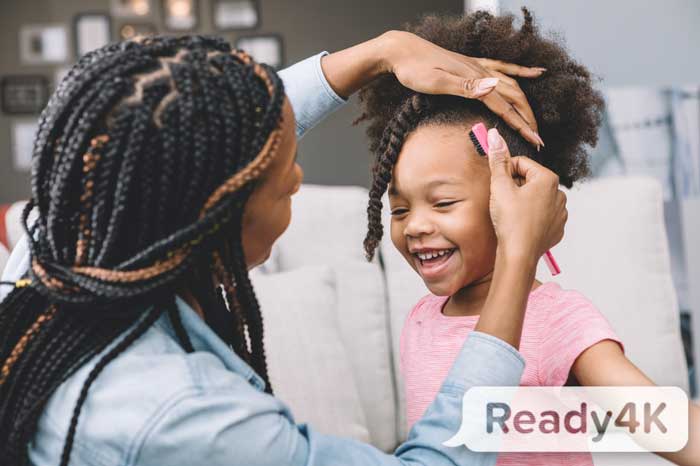
Approaches to Learning
For infants 0-1:
FACT: When you encourage your baby to keep trying when things are hard, you build their persistence. You also build their ability to try new things.
TIP: As your baby plays, place a favorite object just out of their reach. As they try different ways to get it, encourage their efforts: You can get it!
GROWTH: Keep encouraging your baby to try. Now say what your baby does as they try: “You’re reaching for the ball, you almost have it. You are working so hard!”
For PK4:
FACT: When children have helping jobs at home, they develop a sense of responsibility that will prepare them to be part of a classroom community.
TIP: Give your child a helping job that benefits the whole family. Can they use a damp cloth to wipe the table after meals? Show them how, then let them try.
GROWTH: Keep giving helping jobs. You’re preparing your child 4K. Encourage your child as they help: “Your work is helping all of us to stay healthy!”
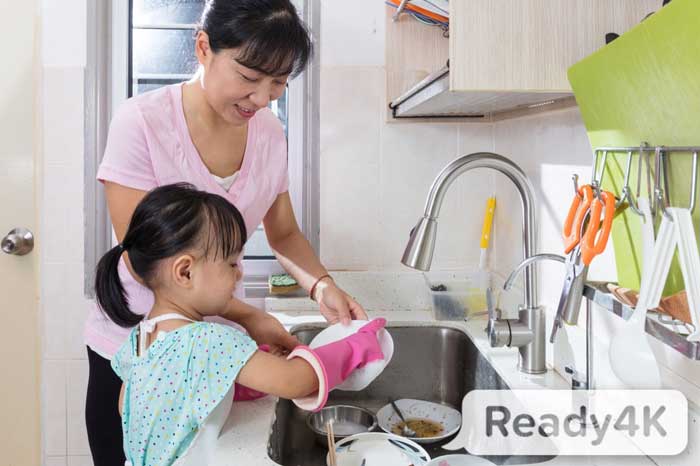
Language & Literacy
For toddlers 1-2:
FACT: Music offers a lot more than entertainment. Songs build listening skills and help toddlers learn the sounds of language. They’re also great fun!
TIP: Adapt classic songs to be all about your child. As you dress your toddler, sing: “If you’re happy and you know it, put on your (shirt/pants/shoes).”
GROWTH: Keep making music to help your toddler grow! As you get ready for bed, sing in a soothing voice: “If you’re sleepy and you know it, climb into bed.”
For PK4:
FACT: Rhyming helps children discover that different words can share the same sounds. This discovery helps them learn to read later on down the line.
TIP: Rhyme with objects. As you cook, point to the pot and ask, “What rhymes with pot (hot, dot, lot)? How about spoon (moon, soon, balloon)?”
GROWTH: Keep rhyming! You’re getting ready 4K. Now rhyme with things you see on the table. What rhymes with cup (up, pup)? How about plate (late, date)?
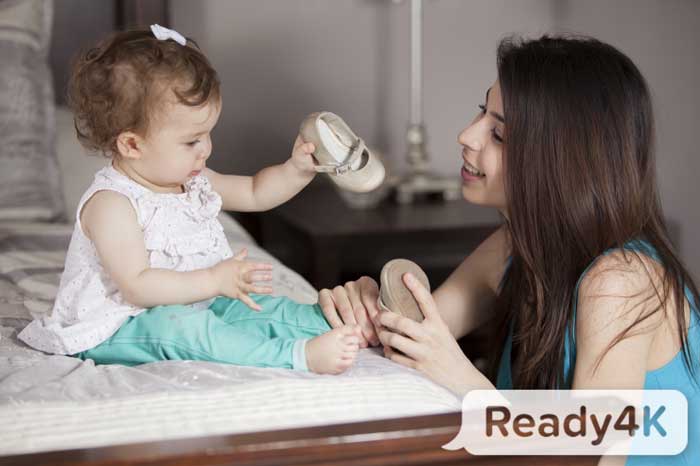
STEAM & Play
For infants 0-1:
FACT: Exploring everyday objects helps your baby make discoveries. Babies learn about the world by touching, feeling, and smelling the things around them.
TIP: During playtime, give your baby everyday objects to explore. Show great excitement as you give your baby a moist washcloth, scarf, or tupperware lid!
GROWTH: Keep exploring everyday objects. As you put food away, guide your baby’s hand over items you put in the fridge like a bumpy orange or cool milk carton.
For PK3:
FACT: The world is made of shapes! When children name and describe shapes, they’re building an understanding of the world and key beginning math skills.
TIP: Find shapes hiding in the mail! Ask your child, “What shape is the envelope? (RECTANGLE) How about the postage stamp? (SQUARE) Can you spot the TRIANGLE?”
GROWTH: Keep exploring shapes. Open the mail and cut an envelope into different shapes. What designs or pictures can your child make? Name the shapes together.
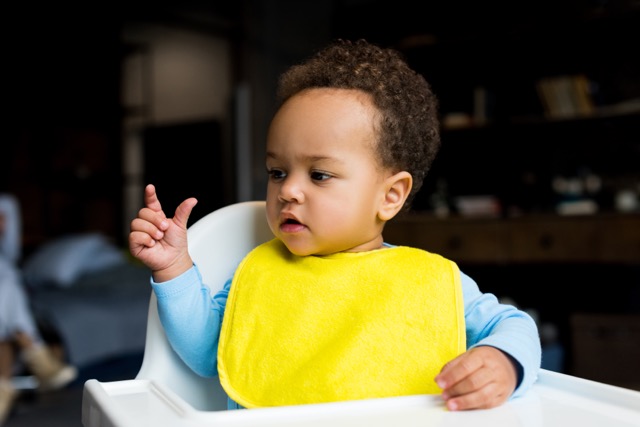
Physical Development
For toddlers 1-2:
FACT: Giving your baby objects to pick up with their fingers and thumbs builds important hand muscles. Being able to grasp objects is an essential skill.
TIP: When your baby is in the high chair, set out a few cheerios. Can your baby pick them up with their fingers and thumbs? Try scarves or toy rings at play time!
GROWTH: Keep giving your baby objects to pick up. In the tub, give your baby a sponge to wet and squeeze. This strengthens muscles in their hand and forearm.
FACT: Children are naturally active. They love to run, kick & throw. When you get active every day you help them develop the muscles to grow & thrive.
TIP: Move like animals all day. Can your child slither out of bed like a snake? Waddle to the bathroom like a penguin? Stretch like a giraffe as they dress?
GROWTH: Keep moving. Now get really active. Head outside & run like different animals. Need to stay inside? Try a dance party. Aim to stay active for 30 minutes.


